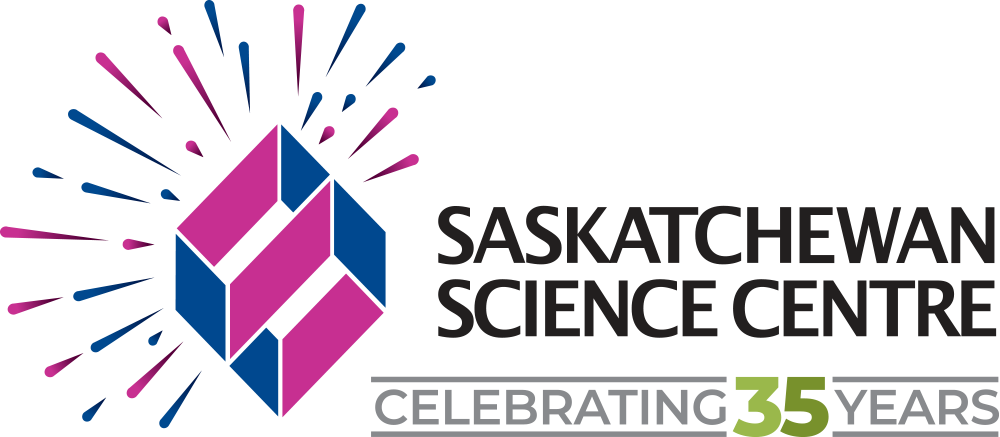
This is the central point where teachers can find resources to help select the best workshops that ignite scientific curiosity in their students.
Adapt
This workshop is about adaptations in animals and how astonishing they can be. Students will gain an understanding of how animals (including themselves) adapt to their environment, each other, and climate change.
Suitable for: Grades 3-5
This workshop is about adaptations in animals and how astonishing they can be. Students will gain an understanding of how animals (including themselves) adapt to their environment, each other, and climate change.
Grades: 3–5
Length: 45 minutes
Capacity: 30 persons
Cost:
In-Person: $100
Curricular Connections:
Science 3: Plant Growth and Changes
PL3.2: Analyze the interdependence among plants, individuals, society, and the environment.
Science 4: Habitats and Communities
HC4.2: Analyze the structures and behaviors of plants and animals that enable them to exist in various habitats.
Science 5: Weather
WE5.3: Analyze the impact of weather on society and the environment, including technologies that help humans address weather conditions.
Each student will require:
5–10 Pieces of Paper
Drawing tools (markers, crayons, pencil crayons, etc.)
Wild About Animals
Discover the diversity of animal groups and compare characteristics and behaviours between animals from different habitats. Get the chance to meet a real animal for a fun and visual learning experience.
Discover the diversity of animal groups and compare characteristics and behaviours between animals from different habitats. Get the chance to meet a real animal for a fun and visual learning experience.
Grades: Pre K–2
Length: 45 minutes
Capacity: 25 persons
Cost:
Virtual: $75
In-Person: $100
Curricular Connections:
Science K: Living Things in our Environment
LTK.1: Examine observable characteristics of plants, animals, and people in their local environment.
Science 1: Needs and Characteristics of Living Things
LT1.1: Differentiate between living things according to observable characteristics, including appearance and behaviour.
Science 2: Animal Growth and Changes
AN2.1: Analyze the growth and development of familiar animals, including birds, fish, insects, reptiles, amphibians, and mammals, during their life cycles.
Virtual Workshop Supplies:
The Saskatchewan Science Centre provides everything needed for in-person workshops at the Science Centre.


